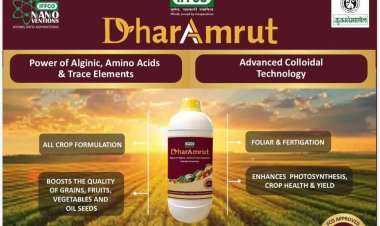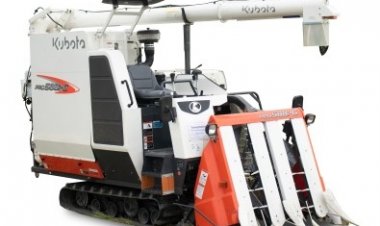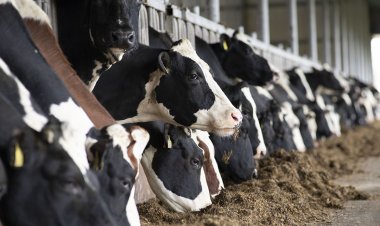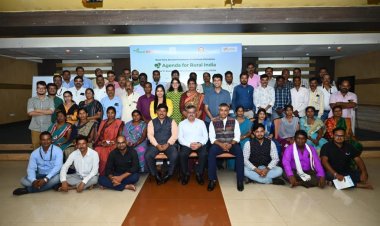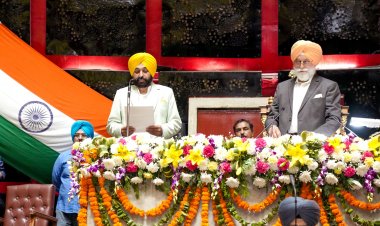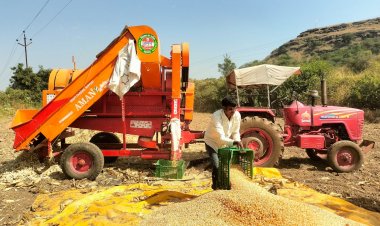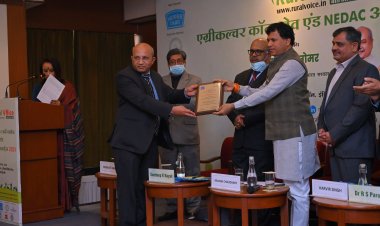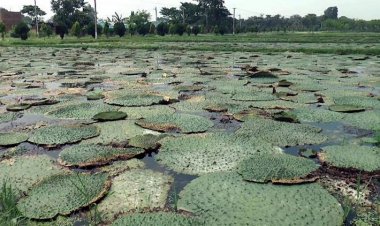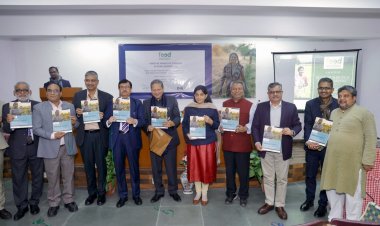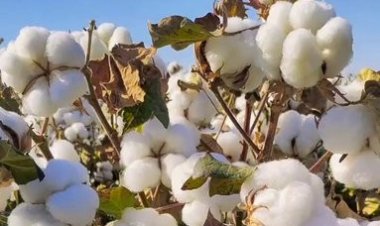IIIT Hyderabad develops Crop Darpan app to address insect and pest problems in crops
Crop Darpan is a diagnostic tool developed by IIITH under an Indo-Japan joint research initiative. The web-based app has been designed to address farmers’ concerns for the second phase of cultivation — the ones related to pests, bacterial and fungal diseases, and nutritional deficiencies.
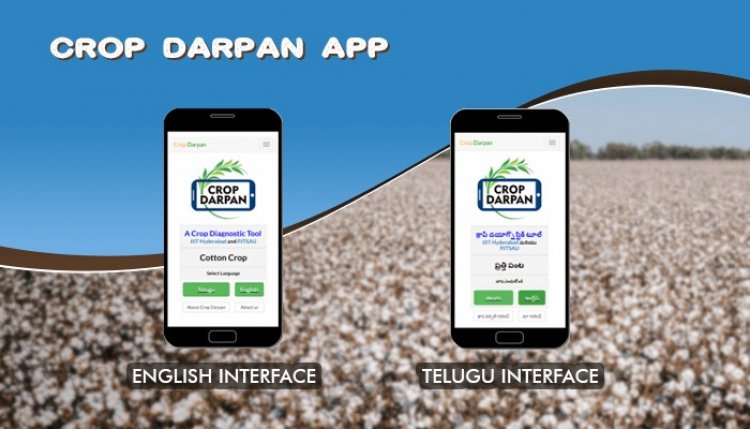
Smartphones are the new gadgets that are making an impact on agricultural operations and farmers’ lives. One recent application is the potential intervention in the detection and diagnosis of insect and pest problems during the three-stage crop cycle.
The IT for Agriculture and Rural Development (ITARD) at the International Institute of Information Technology Hyderabad (IIITH) has created a web-based application called www.cropdarpan.in. All that the farmer requires is a mobile phone with an internet connection.
The portable expert has been designed to address farmers’ concerns for the second phase of cultivation that essentially affects crop growth and health. These are related to pests, bacterial and fungal diseases, and nutritional deficiencies.
The three phases in crop cultivation are 1) deciding what and when to sow; 2) crop health issues to overcome like pests, disease and nutrient deficiencies during crop growth; and 3) price realization.
The web expert for all practical purposes substitutes the agriculture expert, especially from the National Agri Institutes or the Agricultural Institutes. This portable expert is not only well versed with visual symptoms of diseases affecting crops but can also guide the farmers on relevant measures to tackle the diseases.
How It Works
The system comes seeded with a sequence of questions related to visual symptoms displayed by the crops. When the farmer confirms the presence of the symptom, he is guided to the next-level question, ultimately narrowing down on the exact diagnosis of the crop ailment.
Thereafter, the necessary advice on the measures to be taken to solve the problems is given. According to IIITH, the prototype has been developed for the cotton crop in two languages, namely English and Telugu.
“It has however been designed in such a way that it is scalable for all crops and can be extended to all Indian languages too. In fact, we have already begun work on seeding the system in Hindi,” says Srinivas Annapalli, part of the team consisting of Aravinda Gadamsetty, Revanth Parvathaneni and Saideep Chennupati, who were guided by Prof P Krishna Reddy.
“With a mobile tool at his disposal, the individual farmer is more empowered to handle plant protection,” says Prof. Krishna Reddy.
The Hyderabad-based Institute has been contributing a lot to the utilization of IT in developing agri-based services. It had earlier developed an agro-advisory system at the farm and village level called eSagu. Similarly, it has improved on the Agromet Services too.
It is not merely anecdotal now that the next green revolution is being preceded by the smartphone revolution among farmers. The impact of mobile phones on farmers who could use them as tools to bridge the information gap is growing exponentially.
This research is a joint venture under the India-Japan Joint Research Laboratory project titled ‘Data Science-based farming support system for sustainable crop production under climatic change’. The other participating institutes in the development project are the IITs of Hyderabad and Bombay; Professor Jayashankar Telangana State Agricultural University, Hyderabad, and the University of Tokyo.
(M Somasekhar is an independent journalist based in Hyderabad. He writes on development issues, science and business.)



 Join the RuralVoice whatsapp group
Join the RuralVoice whatsapp group

















